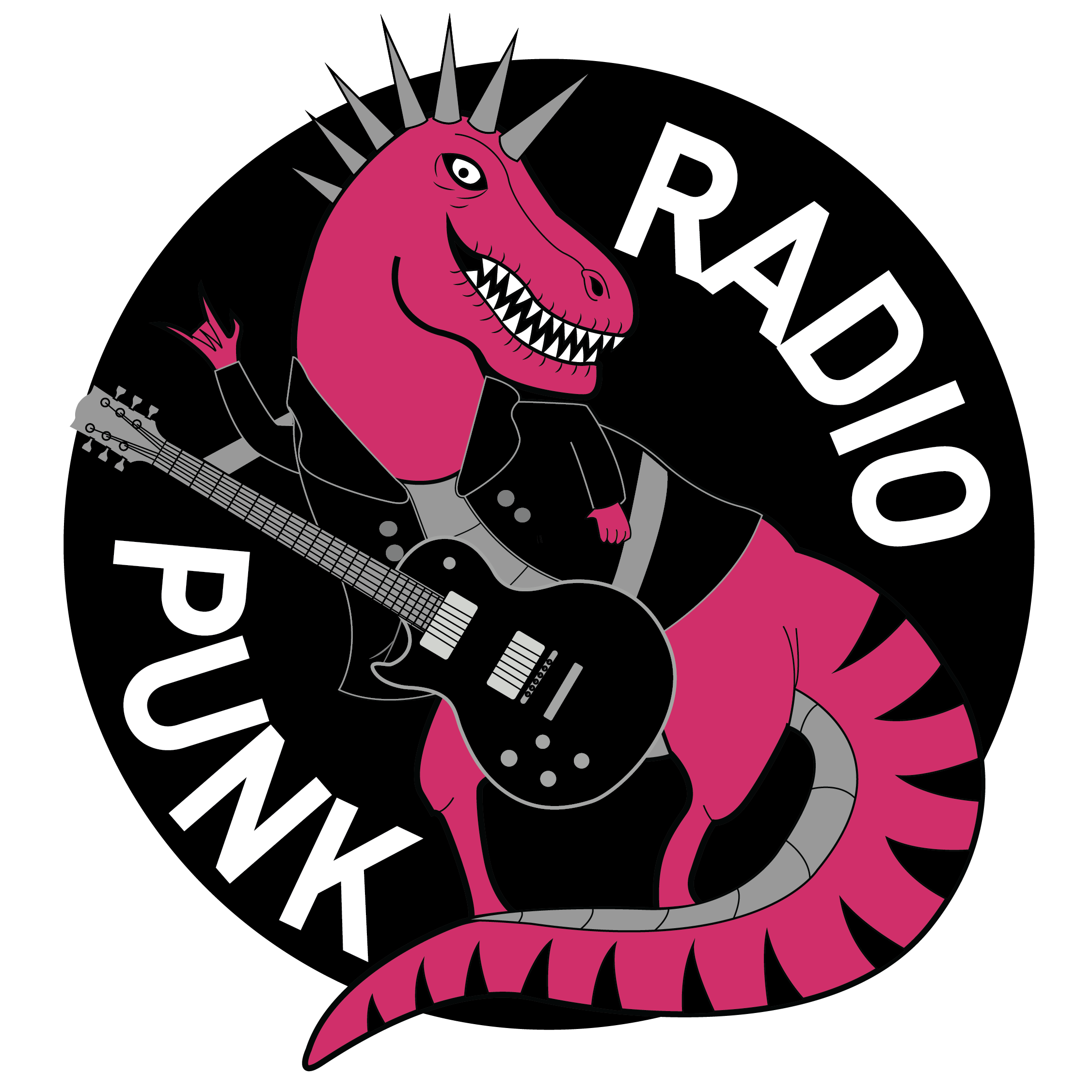Sound routes: Brittany
A journey through Brittany between punk and traditions, legends and wild Nature
Brittany is a triangle of land stretching out into the sea in the far north-west of France. It is a French region but it is also a world apart, with a strong linguistic and cultural identity. In fact, every sign you find on your way will have directions in two languages, the national and the local one, of Celtic derivation. The echoes of this remarkable heritage still resound in the musical sphere. We will therefore try to embark on a short journey through this ancient and magical land, marked by the music of groups that, while staying within the various declinations of punk, are influenced by the traditional music of the region. Are you ready? Let’s go!
The ideal means of transport for a tour of Brittany is car. Apart from a few (relatively) large cities, the region is mostly made up of small villages, which are more easily accessible by car. There are no highways in Brittany, but the main towns are connected by fast, easy and free of charge state roads.
To give us energy, nothing better than playing loudly in the stereo the fierce and powerful hardcore of Tagada Jones, a band born in Rennes (capital of the region) in 1993 and still active today. Here is “Je suis démocratie”, hymn to freedom of expression.
Starting from the south we travel along the coast overlooking the Atlantic Ocean, also known as the Coast of Megaliths. There we find numerous vestiges of prehistoric settlements: isolated monoliths (menhirs) or arranged in a circle (cromlechs), stand out in the Breton sky by the thousands. The best known site is the alignment of Carnac, which includes among other things the largest prehistoric menhir currently known. And, speaking of menhirs, how not to think of the legendary Les Ramoneurs de Menhirs? A group founded in 2006, it combines punk and traditional instruments under the common denominator of libertarian spirit. Here is “La Blanche Hermine”, a punk version of a traditional Breton song.
The white ermine is one of the symbols of Brittany. According to a legend, the animal preferred to die at the hands of hunters rather than muddy its white fur and was therefore elected to represent this indomitable people. “La Blanche Hermine” is also the name of a local beer, obviously of the blanche type, i.e. made from wheat. If during our journey we want to treat ourselves to a refreshing break, we can combine it with traditional sweet wheat crepes or salted buckwheat ones (galettes). Listening to Darcy‘s angry combat punk.
For extreme nature lovers, at this point it is advisable to visit Quiberon, crossing the peninsula with the same name. The strip of land is so narrow that it coincides with the road. Driving along it we will see the sea on our right, on our left and in front of us, and rows of trees bent by the lashing wind. A unique spectacle. As a soundtrack we can rely on a group from Quiberon, Les Trois Fromages, which are part of the ironic/demential punk genre, quite widespread in France and greatly appreciated by the undersigned. We listen to “La Galère d’un Pirate”.
Having travelled all along the southern coast, we reach the extreme tip of Brittany, the province of Finistère, finis terrae, the end of the world, where the earth dives into the ocean. The water appears dense, almost solid, as far as the eye can see, showing clearly the curvature of the planet (checkmate, flat earth society!). It is not advisable to go swimming, as the water is freezing even in the middle of summer, so all that remains is to admire it in the wild breaking of the waves against the numerous lighthouses dotting the coast. Accompanying our visit are two local punk rock bands, Matmatah with “La Fille du Chat Noir”…
…and Merzhin with “Nains de Jardin”…
It’s time to move on to the north coast, the one overlooking the English Channel. Part of it is called the Pink Granite Coast: here the boulders sculpted by the force of the sea take on bizarre shapes in which you can enjoy recognizing human and animal features. And here is particularly evident the phenomenon of tides, which in the space of six hours transform a stretch of sea into a lunar-looking soil, an island into a promontory. Speaking of tides, we can listen to “Au Bistrot d’la Marée Basse” by the group Les Clébards, a hoarse voice and tavern-style punk rock.
Our journey is drawing to a close, but as we pass through the city of St. Brieuc we cannot fail to meet 22 Longs Riffs and their overwhelming hardcore waltz, “a music without borders, without violence or barriers”. Let’s delight ourselves with “Balle Populaire”.
Last but not least, as the last stop on this tour of Brittany, we arrive in the beautiful town of St. Malo. Its historic centre, surrounded by monumental walls, is entirely built on an island that offers an exceptional view of the bay. The city owes its fame to having been one of the largest pirate shelters in Europe since the 15th century. We let ourselves be told, in music and pictures, by Strollad, one of the most famous Breton ska-punk bands.
Did you enjoy this sound route? Contact us and tell us what you think about it, and if you have any suggestions for new sound routes.
Elvira Cuomo


